History of the Osteopathy
History of the Osteopathy originated in 19th-century America and was founded by Dr. Andrew Taylor Still in 1874. It developed as a response to the medical practices of the time, which often relied on harsh treatments like bloodletting and heavy doses of drugs, lacking effective treatments for many conditions.
Key Milestones in Osteopathy:
The philosophy of osteopathy is based on several core principles:
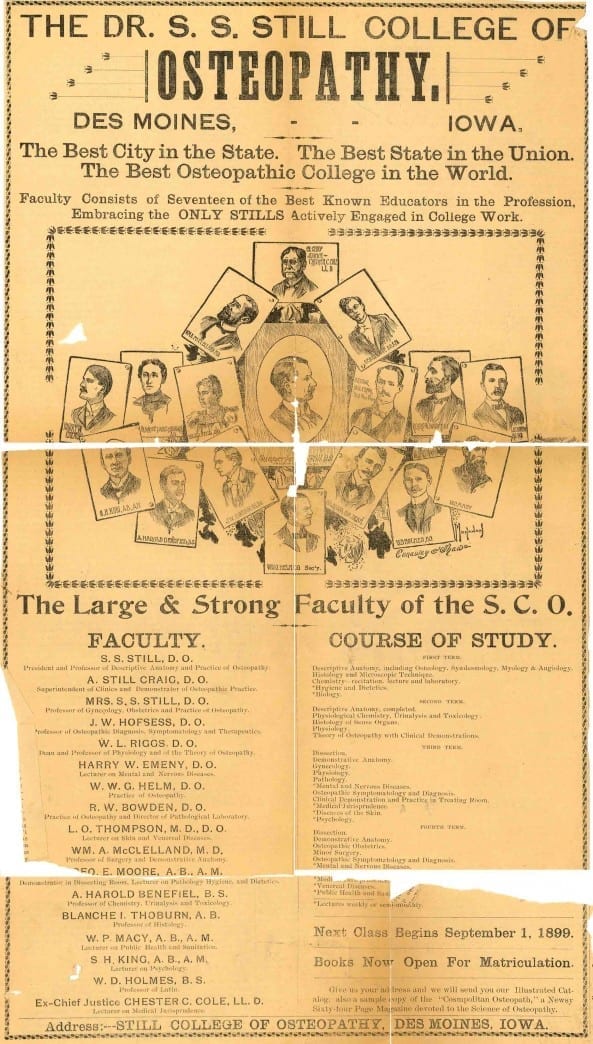
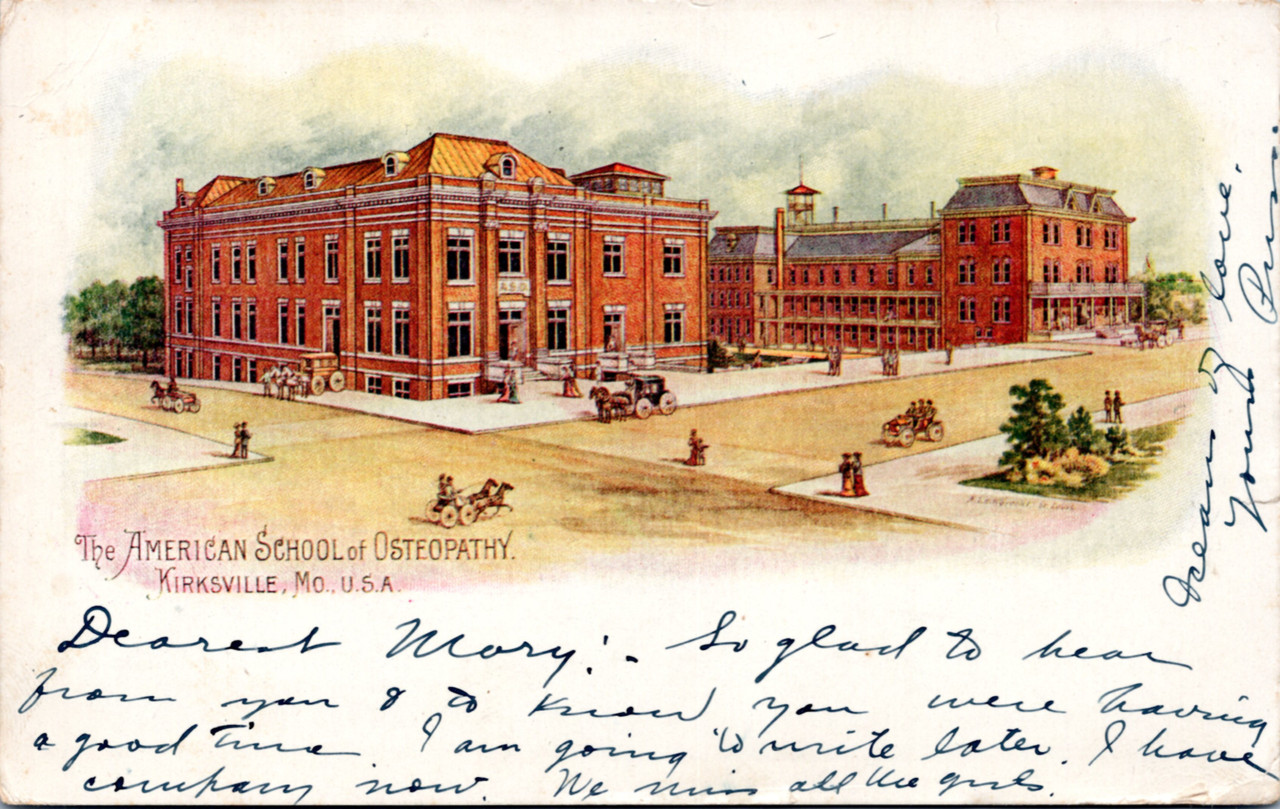
Founding by Andrew Taylor Still
The physician and surgeon Dr. Andrew Taylor Still from Missouri, founded osteopathy in 1874. He developed its principles based on his belief in the body's ability to heal itself, as well as the importance of musculoskeletal alignment for overall health
Principles Established
After a long series of experiences Dr. Andrew Still emphasized the interrelationship between the body's structure and function. He advocated for treating the whole person rather than just symptoms, asserting that disease and dysfunction could be addressed through manual manipulation of the musculoskeletal system.
Early Growth and Development
The science of the osteopathy gained popularity in the late 19th and early 20th centuries, particularly in the United States. His students and followers spread osteopathic principles and established schools of osteopathic medicine across the country.
Formation of Osteopathic Medicine
The osteopathic medicine was establish of the American Osteopathic Association (AOA) in 1897. The organization program was to standardize osteopathic education and training, promote research, and advocate for the recognition of osteopathic practitioners as fully licensed and accredited healthcare providers.
Integration and Recognition
Over time, osteopathic medicine became increasingly integrated into the broader healthcare system in the United States. Osteopathic practitioners are now recognized in the USA as fully licensed physicians who can practice in all specialties and subspecialties of medicine.
Expansion and Global Influence
Osteopathic medicine has spread to other countries, including Canada, the United Kingdom, Australia, and others. While the practice of osteopathy varies somewhat between countries, the core principles of osteopathic philosophy remain consistent.
Continued Evolution
Throughout its history, osteopathy has continued to evolve and adapt to modern medical practices while maintaining its emphasis on holistic, patient-centered care and manual therapy techniques. Today, osteopathic physicians play an integral role in healthcare systems worldwide, providing comprehensive medical care with a focus on prevention, musculoskeletal health, and overall well-being.
Key Figures in Osteopathy
Several individuals have significantly contributed to the development and promotion of osteopathic principles and practices. Here are some of the most recognized names in osteopathy:
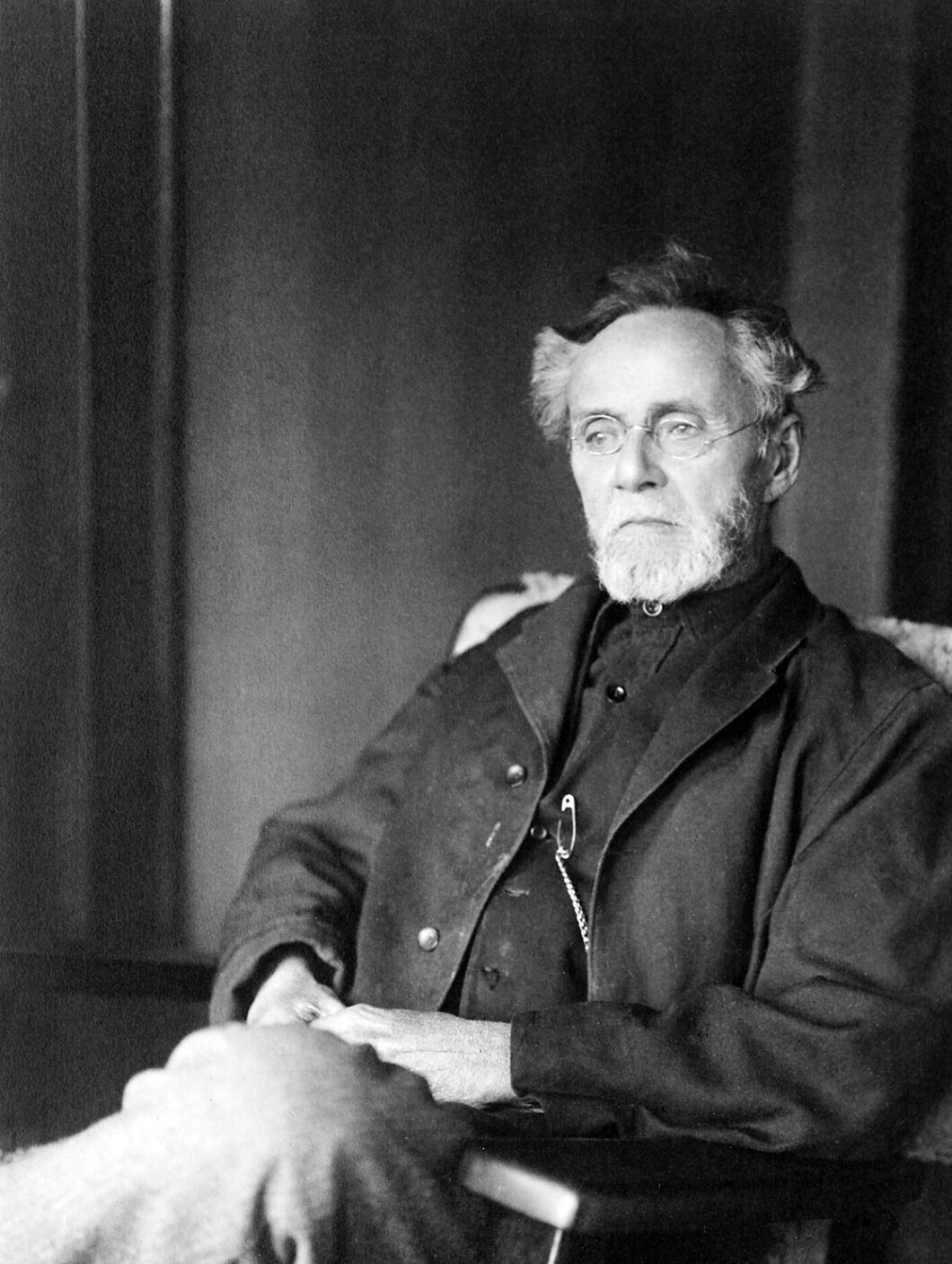
Andrew Taylor Still (1828-1917)
Dr. Still was an American physician and the founder of osteopathy and osteopathic medicine.
Early Life and Education
- Born: August 6, 1828, in Lee County, Virginia, USA.
- Family Background: His father, Abram Still, was a Methodist minister and physician, which influenced Andrew's interest in medicine.
- Medical Training: Initially trained through apprenticeship and self-study, as formal medical education was limited at the time.
Career and Developments
- Civil War: Served as a surgeon in the Union Army during the American Civil War, where he witnessed the limitations of conventional medical treatments.
- Personal Tragedy: After the death of his three children from spinal meningitis, Still became disillusioned with traditional medical practices and began developing his own theories.
Founding Osteopathy
A. Principles:
In 1874, he prepared the principles of osteopathy, emphasizing several key aspects:
- The body's inherent ability to heal itself.
- Critical importance of the musculoskeletal system in maintaining health.
- The interrelationship between the structure (anatomy) and function (physiology) of the body.
These principles formed the foundational philosophy of osteopathy, guiding its approach to healthcare and treatment methods.
B. Manual Medicine: Advocated for the use of manual manipulation techniques to treat illnesses and injuries, focusing on the body's holistic health.
Establishment of Institutions
- American School of Osteopathy: In 1892, Still founded the American School of Osteopathy (now A.T. Still University) in Kirksville, Missouri, to teach his methods. This institution became the first osteopathic medical school in the world.
- Expansion: His teachings spread, leading to the establishment of numerous osteopathic medical schools and the growth of the osteopathic profession.
Legacy
- Influence: Dr. Still contributions led to the development of a distinct branch of medicine. Today, osteopathic physicians are licensed to practice medicine, perform surgery, and prescribe medications in many countries.
- Philosophy: His emphasis on holistic care, preventive medicine, and the body's self-healing ability continues to influence modern medical practices.
Key Publications
- "Philosophy of Osteopathy" (1899): One of Still's major works, outlining his principles and practices.
- "Autobiography of Andrew T. Still" (1908): Provides insight into his life, experiences, and the development of osteopathy.
The innovative approach to medicine has had a lasting impact, making him a significant figure in the history of healthcare.
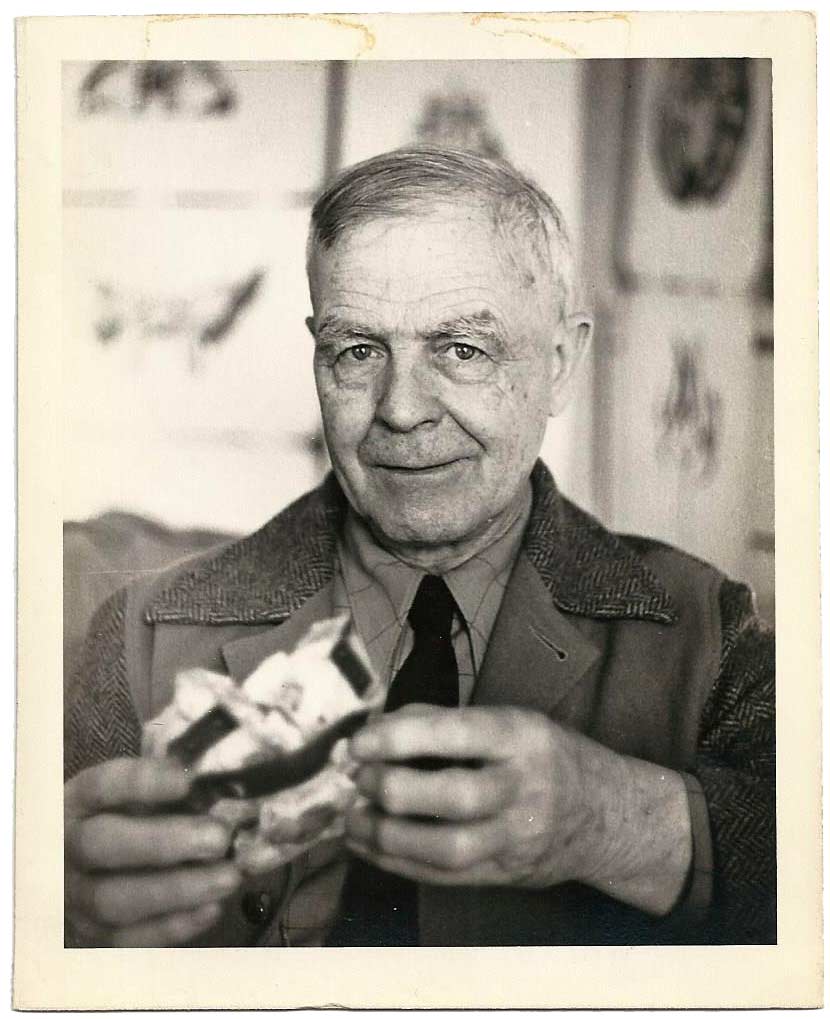
William Garner Sutherland (1873-1954)
W. G. Sutherland was a prominent American osteopath and a key figure in the development of cranial osteopathy.
Early Life and Education
- Born: March 27, 1873, in Portage County, Wisconsin, USA.
- Education: Graduated from the American School of Osteopathy in Kirksville, Missouri, in 1900. He was a student of Andrew Taylor Still, the founder of osteopathy.
Career and Developments
- Early Work: Initially practiced general osteopathy, using the techniques and principles taught by Still.
- Cranial Concept: Developed the concept of cranial osteopathy and focuses on the subtle movements of the bones of the skull and their impact on overall health.
Development of Cranial Osteopathy
- Inspiration: The idea for cranial osteopathy reportedly came to Sutherland. He examined a disarticulated skull and noticed that the cranial sutures seemed designed for movement, much like the gills of a fish.
- Primary Respiratory Mechanism: Introduced the concept of the "Primary Respiratory Mechanism," which includes the motion of the cranial bones, the cerebrospinal fluid, and the sacrum. He believed these elements moved in a rhythmic and involuntary manner, essential for health.
- Clinical Application: Developed techniques to diagnose and treat dysfunctions in the cranial mechanism, aiming to restore balance and promote the body's self-healing processes.
Publications and Teaching
- Publications: Authored several articles and a major book, "The Cranial Bowl" (1939), where he detailed his theories and methods.
- Teaching: Dedicated a significant portion of his career to teaching cranial osteopathy. Many of his students went on to become influential figures in the field, spreading his methods globally.
Legacy
- Cranial Academy: In 1947, Sutherland founded the Cranial Academy, an organization dedicated to the study and teaching of cranial osteopathy. This institution continues to educate osteopaths in his techniques.
- Influence: Sutherland's work significantly expanded the scope of osteopathy. He introduced a new dimension of treatment that addresses the subtle movements of cranial structures. His techniques are still widely used today by osteopathic practitioners around the world.
Key Concepts
- Cranial Rhythmic Impulse: The rhythmic fluctuation of cerebrospinal fluid, which Sutherland believed could be palpated and influenced to treat various conditions.
- Inherent Motility: The intrinsic motion of the brain and spinal cord, which he considered crucial for normal physiological function.
- Membrane Tension: The role of the meninges (membranes surrounding the brain and spinal cord) in facilitating cranial motion and maintaining overall health.
William Garner Sutherland's pioneering work in cranial osteopathy has left a lasting impact on the field, offering a unique approach to understanding and treating the human body. His contributions continue to influence osteopathic medicine and holistic healthcare practices.
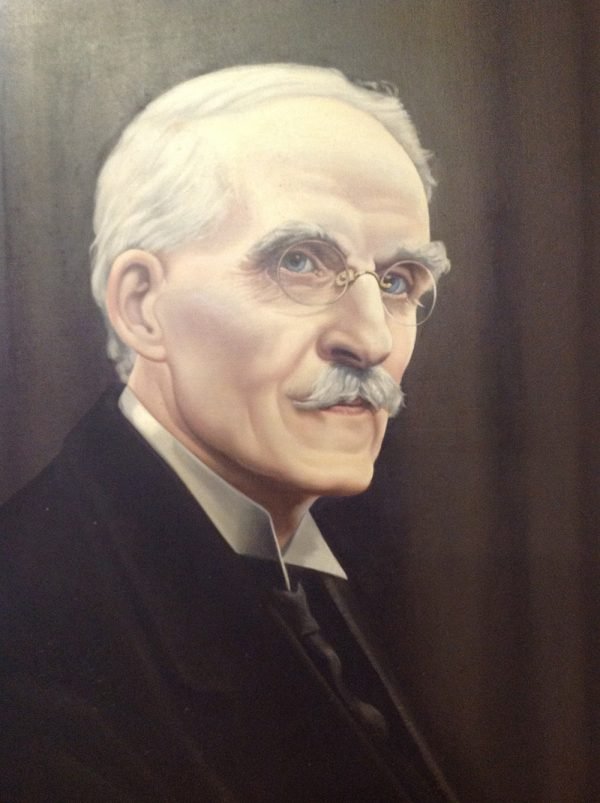
John Martin Littlejohn (1867-1947)
J. M. Littlejohn was a notable figure in the development of osteopathy, known for his contributions to the academic and organizational aspects of the profession.
Early Life and Education
- Born: February 15, 1867, in Glasgow, Scotland.
- Education: Studied at the University of Glasgow and the University of Edinburgh, where he received training in medicine, philosophy, and the natural sciences.
Career and Development
- United States: Moved to the United States in the 1890s, where he furthered his medical education and encountered osteopathy.
- American School of Osteopathy (ASO): Studied at the ASO in Kirksville, Missouri, under Andrew Taylor Still, the founder of osteopathy, and graduated in 1899.
- Collaboration with Still: Worked closely with Still, contributing to the development of osteopathic principles and techniques.
Contributions to Osteopathy
- Chicago College of Osteopathic Medicine: Co-founded the Chicago College of Osteopathic Medicine in 1900, which later became part of Midwestern University. This institution played a significant role in advancing osteopathic education and practice.
- Teaching and Curriculum Development: Emphasized the importance of a rigorous scientific foundation for osteopathic education, integrating anatomy, physiology, and pathology into the curriculum.
- Holistic Approach: Advocated for a holistic approach to medicine, emphasizing the interrelationship between body systems and the body's ability to heal itself.
Return to the UK and Founding of the British School of Osteopathy
- Return to the UK: Returned to the United Kingdom in 1913 and established the British School of Osteopathy (BSO) in London in 1917. The BSO became the first osteopathic school in Europe and is now one of the leading osteopathic institutions in the world.
- Advocacy and Professionalization: Worked tirelessly to promote the recognition and professionalization of osteopathy in the UK and Europe, establishing standards for education and practice.
Legacy
- Educational Impact: His efforts in establishing and developing osteopathic education institutions ensured a high standard of training for future osteopaths.
- Professional Recognition: Contributed to the broader acceptance and recognition of osteopathy as a legitimate medical practice in the UK and beyond.
- Publications: Authored numerous articles and books on osteopathy, further disseminating his ideas and methods.
Key Concepts
- Scientific Foundation: Emphasized the need for a strong scientific basis for osteopathic practice, integrating medical knowledge with osteopathic principles.
- Holistic Health: Advocated for treating the whole person, considering the interrelationship between body systems and the importance of overall health and well-being.
- Educational Standards: Set high standards for osteopathic education, ensuring that practitioners were well-trained in both the theory and practice of osteopathy.
John Martin Littlejohn's contributions to osteopathy have had a large impact on the profession, education and the integration of the principles into osteopathic practice. His legacy continues to influence osteopathic medicine worldwide.
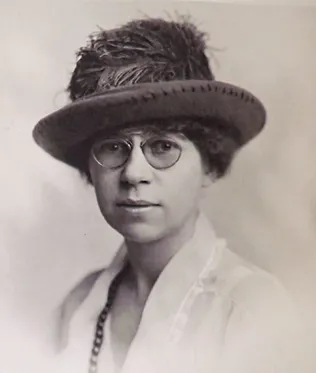
Charlotte Weaver (1878-1958)
She was a pioneering figure in the field of osteopathy, known for her significant contributions to osteopathic education and practice, particularly in cranial osteopathy.
Early Life and Education
- Born: December 1, 1878, in Texas, USA.
- Education: Graduated from the American School of Osteopathy (ASO) in Kirksville, Missouri, in 1906. She studied under Andrew Taylor Still, the founder of osteopathy.
Career and Contributions
- Practice: Began her osteopathic practice shortly after graduation and quickly became known for her skill and dedication to patient care.
- Cranial Osteopathy: Worked closely with William Garner Sutherland, the founder of cranial osteopathy. She was instrumental in developing and teaching cranial osteopathic techniques.
- Teaching: Became a respected teacher in the field of osteopathy, known for her ability to convey complex concepts in an understandable manner. She taught at various osteopathic schools and institutions throughout her career.
Advancements in Osteopathy
- Research: Conducted extensive research on cranial osteopathy, contributing to the understanding and development of this specialized area within the field.
- Publications: Authored several influential articles and papers on cranial osteopathy, sharing her insights and findings with the broader osteopathic community.
- Educational Impact: Played a key role in incorporating cranial osteopathy into the curriculum of osteopathic schools, ensuring that future generations of osteopaths were trained in these techniques.
Legacy
- Influence: Dr. Weaver's work in cranial osteopathy helped to legitimize and expand this area of practice within osteopathic medicine. Her contributions to education and research have had a lasting impact on the field.
- Recognition: Honored by her peers and students for her dedication and contributions to osteopathy. She is remembered as a trailblazer who advanced the understanding and practice of cranial osteopathy.
Key Concepts
- Cranial Rhythmic Impulse: Weaver, like Sutherland, accentuate the importance of the cranial rhythmic impulse and its role in maintaining health and treating various conditions.
- Holistic Approach: Advocated for a holistic approach to patient care, considering the interconnectedness of body systems and the body's inherent ability to heal itself.
- Patient-Centered Care: Putting under line the importance of individualized patient care, tailoring treatments to the specific needs and conditions of each patient.
Her contributions to osteopathy, particularly in the realm of cranial osteopathy, have left an enduring legacy. Her work has influenced countless osteopaths and continues to shape the practice and teaching of osteopathy today.
Publication: Charlotte Weaver: Pioneer in Cranial Osteopathy Edited by Sorrel Margaret DO., 294 pp, ISBN: 978-0-615-37235-8. Indianapolis, IN: The Cranial Academy; 2010
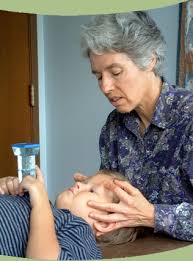
Margaret Sorrel: Contributions to Cranial Osteopathy
Early Life and Education
- Education: Pursued her osteopathic education at the Kirksville College of Osteopathic Medicine (formerly the American School of Osteopathy) in Kirksville, Missouri, studying under prominent figures like William Garner Sutherland.
Career and Contributions
- Cranial Osteopathy: Sorrel became deeply involved in the study and practice of cranial osteopathy, a field pioneered by William Garner Sutherland. She further developed and refined techniques within this specialty.
- Teaching: She was known for her role as an educator, teaching cranial osteopathy to many students and practitioners. Her ability to convey complex concepts and techniques made her a respected teacher in the osteopathic community.
- Research: Conducted extensive research on the mechanisms and therapeutic applications of cranial osteopathy, contributing to the body of knowledge in this specialized area.
Advancements in Osteopathy
- Techniques: Developed and taught various cranial osteopathic techniques, emphasizing subtle manual manipulation of the cranial bones and their profound impact on overall health.
- Publications: Authored several influential papers and articles on cranial osteopathy, disseminating her insights and findings widely. Her work played a pivotal role in advancing the understanding and acceptance of cranial osteopathy within the osteopathic community.
Legacy
- Influence: Her work in cranial osteopathy had a lasting impact on the field, influencing many practitioners and students. Her dedication to teaching and research helped to further legitimize and advance this specialized area of osteopathy.
- Recognition: Honored by her peers for her significant contributions, Sorrel is remembered as a pioneering figure who elevated the practice and teaching of cranial osteopathy.
Key Concepts
- Cranial Rhythmic Impulse: Like her mentor Sutherland, Sorrel emphasized the importance of the cranial rhythmic impulse and its role in health and disease.
- Holistic Approach: Advocated for a holistic approach to patient care, recognizing the interconnectedness of body systems and the body's innate ability to heal itself.
- Patient-Centered Care: Stressed the importance of tailored treatment plans that address the unique needs of each patient.
Margaret Sorrel's contributions to osteopathy, particularly in the area of cranial osteopathy, have left an enduring legacy. Her work continues to influence the practice and teaching of osteopathy, helping to shape the future of the field. Please see for more information her website: https://www.margaretsorrel.com/osteopathy.html
These pioneers have played crucial roles in shaping the field of osteopathy, ensuring its principles and practices continue to benefit patients worldwide.